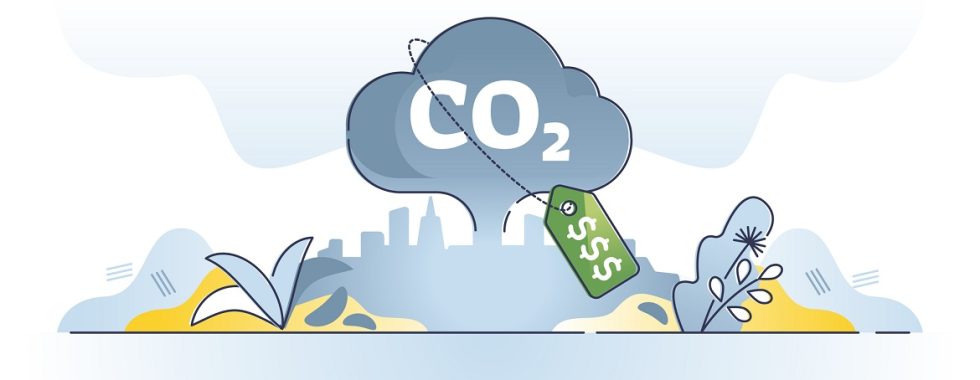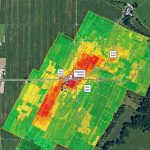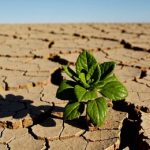Monetizing Sustainability: The business case for carbon sequestration
Monetizing carbon sequestration through carbon farming is an emerging concept that has the potential to provide economic incentives for farmers to adopt this climate-friendly practice. Carbon farming involves techniques such as cover cropping, reduced tillage, and the use of organic matter like compost. Such techniques aim to increase the amount of carbon stored in the soil. When carbon is stored in the soil, it acts as a sink, helping to absorb excess carbon dioxide from the atmosphere. This can help to lower the overall concentration of greenhouse gases, which are a significant contributor to global warming.
Monetizing Carbon Sequestration through Carbon Farming
Farmers can monetize carbon sequestration by selling carbon credits or through participation in carbon offset programs. These programs allow farmers to receive payment for the carbon that is sequestered in their soil through the adoption of carbon farming practices. This can provide an additional source of income for farmers and can help to make carbon farming more financially viable.
In addition to its potential economic benefits, carbon farming has a range of other advantages. It can improve soil health and fertility, leading to healthier and more productive crops, and can also increase crop yields. By adopting carbon farming techniques, farmers can not only combat climate change, but also improve the sustainability and productivity of their operations.
Challenges in monetizing carbon sequestration
The monetization of carbon sequestration through carbon farming is not free from challenges. One of the main challenges is accurately measuring and verifying the amount of carbon stored in the soil. There are several methods that can be used to estimate carbon sequestration. However, accurately measuring the long-term impact of these practices can be difficult. This can make it challenging for farmers and policymakers to fully understand the impact of carbon farming and make informed decisions about its adoption.
In addition to the challenges of measurement and verification, there may be limitations in the market for carbon credits, as well as potential issues with the fairness and equity of carbon pricing mechanisms. It is important to ensure that these mechanisms are fair, transparent, and effective in promoting the adoption of carbon farming and other climate-friendly practices. There is also the potential for “leakage,” which refers to the displacement of emissions to another location or sector as a result of carbon sequestration efforts. To address this issue, it is important to consider the potential for leakage and take steps to minimize it when designing and implementing carbon offset programs and carbon pricing mechanisms.
Despite these challenges, monetization of carbon sequestration has the potential to provide economic incentives for farmers to adopt this practice.
It is important to note that in addition to the potential economic benefits, carbon farming has the potential to address a range of environmental and social concerns and contribute to the global effort to combat climate change. By investing in and supporting carbon farming and other climate-friendly practices, we can work towards a future where the negative impacts of climate change are minimized.
Pricing Carbon Credits and Offsets
The cost or price that farmers receive for carbon sequestration through carbon farming can vary depending on a number of factors, including the type of carbon offset program, the location of the farm and the carbon pricing mechanism being used. In general, the price of carbon credits or offsets reflects the cost of reducing or removing greenhouse gas emissions in a given location or sector.
For example, the price of carbon credits on the European Union Emissions Trading System (EU ETS) has historically ranged from around €5 to €30 per tonne of carbon dioxide equivalent (CO2e). The price of carbon credits on voluntary carbon markets, such as the Verra, has typically been lower, with prices ranging from around $1 to $15 per tonne of CO2e.
In addition to the sale of carbon credits, farmers can also participate in carbon offset programs, which may offer different pricing structures. The price paid through carbon offset programs may also be influenced by the specific type of carbon farming practice being implemented and the level of carbon sequestration achieved.
It is important to note that the price of carbon credits and offsets can fluctuate over time. This depends on a range of factors, including the overall supply and demand for credits and offsets, as well as broader economic and political conditions. As a result, the financial viability of carbon farming and other climate-friendly practices may be impacted . Such fluctuations may influence the decisions of farmers about whether to participate in these programs.







